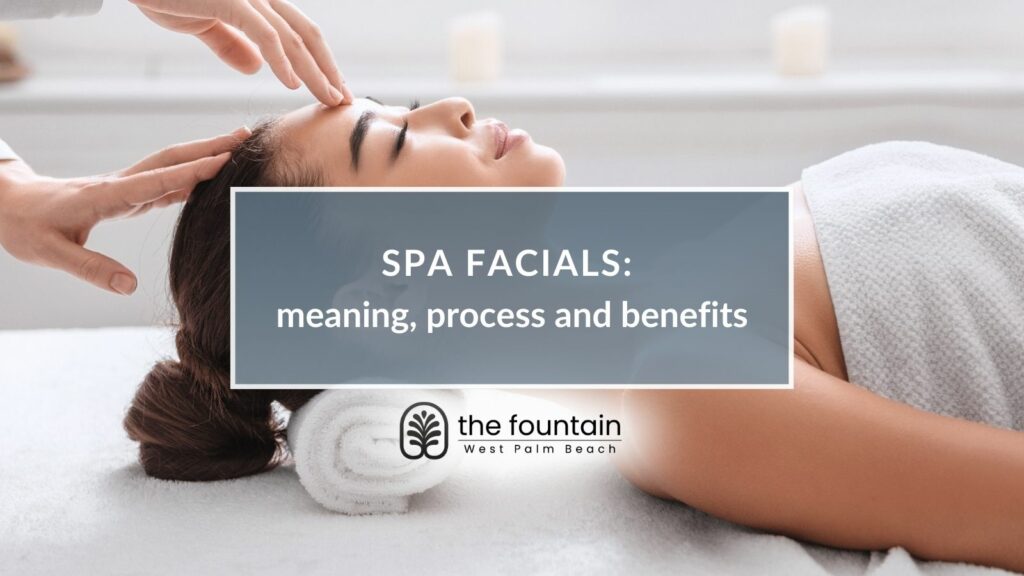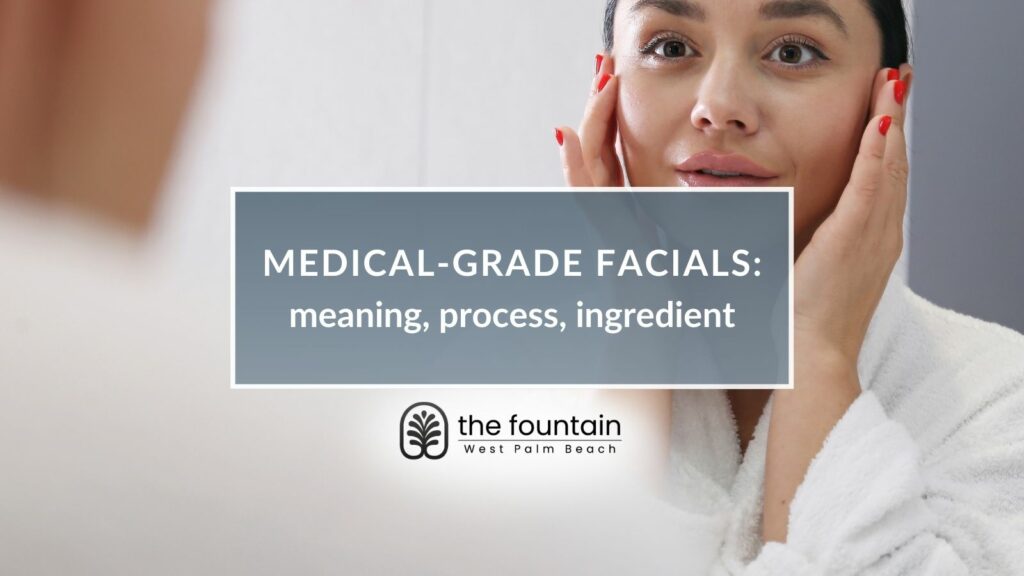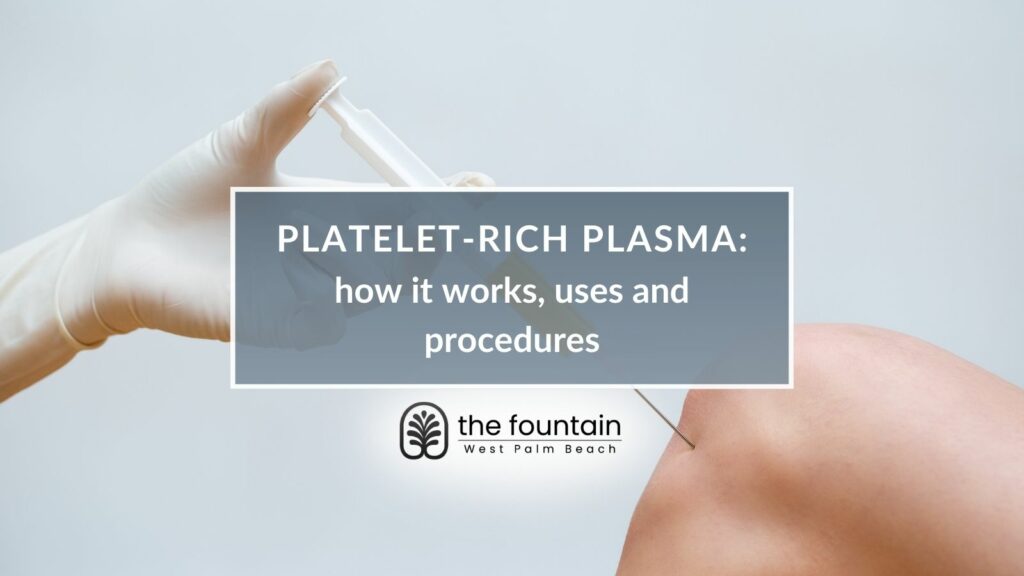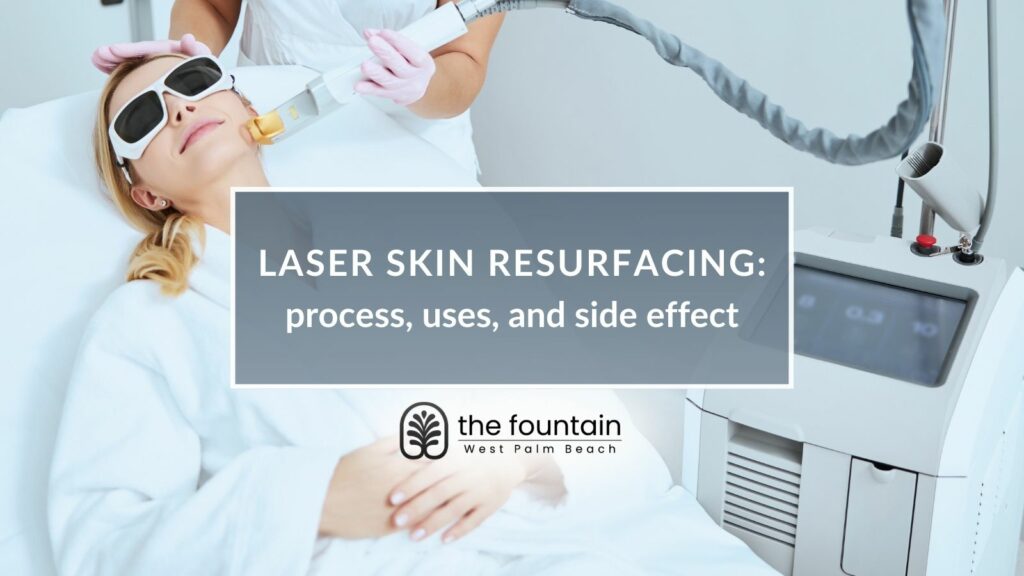Spa facials go beyond simple skincare routines; they offer luxurious experiences that refresh the skin and the spirit. These revitalizing sessions take a complete approach to skincare, combining cleansing, exfoliation, hydration, and targeted treatments to address specific skin issues.
Spa facials begin with a thorough cleansing to remove impurities and prepare the skin for treatment. Estheticians then analyze the skin’s condition to customize the facial to address concerns such as dryness, acne, or aging. Through a combination of techniques, including steaming, exfoliation, extraction, massage, and masking, spa facials deliver a deeply nourishing experience that leaves the skin glowing and refreshed.
The benefits of spa facials extend beyond just skincare—they provide a holistic approach to beauty and relaxation. By offering thorough cleansing, spa facials effectively remove buildup from the skin’s surface and within the pores, resulting in a clearer complexion and reduced risk of breakouts.
What are Spa Facials?
Spa facials are revitalizing skin treatments that offer many benefits for your skin and overall well-being. These specialized treatments involve a combination of cleansing, exfoliation, hydration, and targeted skincare tailored to address specific skin concerns. Unlike regular skincare routines, spa facials provide a deeper cleanse, extracting impurities from deep within pores to reveal a smoother, more refined complexion. Moreover, they offer a luxurious and relaxing experience, incorporating facial massages, aromatherapy, and tranquil spa environments to help alleviate stress and promote inner glow.
How are Spa Facials Different from Medical-Grade Facials?
According to MD Cosmetics, 2023, “Medical Grade Facial vs. Spa Facial—An Explanation from MD Cosmetic,” spa and medical-grade facials differ primarily in their approach to skincare needs and the intensity of treatment methods. Spa facials are focused on providing a relaxing and pampering experience while addressing general skincare needs such as hydration, exfoliation, and rejuvenation. They use gentle techniques and non-invasive products to enhance well-being and promote healthy skin.
In contrast, medical-grade facials are performed in clinical settings by trained professionals. They offer targeted solutions for skin concerns such as acne scarring, pigmentation, or aging signs. These facials often involve advanced treatments like chemical peels, microdermabrasion, or laser therapy, providing deeper penetration and more noticeable results.
What are the Types of Spa Facials?
Spa facials offer diverse treatments to address various skin care concerns and preferences. From hydrating and anti-aging to deep cleansing and brightening, each type of spa facial provides unique benefits designed to enhance skin health and appearance.
1. Hydrating Facials
These treatments focus on replenishing moisture levels in the skin, making them ideal for individuals with dry skin. Typically, hydrating facials involve cleansing, exfoliation, and the application of hydrating masks or serums to restore moisture and promote a plump, radiant complexion.
2. Anti-Aging Facials
Anti-aging facials are designed to target signs of aging, such as fine lines, wrinkles, and loss of elasticity. According to Ushma S. Neill, U. S. et al. 2012, “Skin care in the aging female: myths and truths,” spa facials often incorporate ingredients like retinol, vitamin C, and peptides that stimulate collagen production, improve skin texture, and minimize the appearance of age-related concerns.
3. Deep Cleansing Facials
Ideal for those with congested or acne-prone skin, deep cleansing facials focus on purifying the skin by removing impurities, excess oil, and debris from the pores. These facials typically include steam, exfoliation, extractions, and purifying masks to promote clearer, healthier skin.
4. Brightening Facials
Also known as skin brightening or illuminating facials, these treatments aim to improve overall skin tone, reduce hyperpigmentation, and promote a more radiant complexion. Brightening facials often utilize vitamin C, kojic acid, and alpha hydroxy acids (AHAs) to enhance skin brightness and luminosity.
5. Relaxing Facials
Geared towards a tranquil and soothing experience, relaxing facials promote relaxation and stress relief while addressing basic skincare needs. These facials typically include gentle cleansing, massage techniques, and the application of calming masks or serums to promote a sense of well-being and rejuvenation.
How are Spa Facials Done?
Spa facials are meticulously crafted treatments designed to pamper and rejuvenate your skin, leaving you with a radiant complexion and deep relaxation.
1. Cleansing
The first step in a spa facial involves thoroughly cleansing the skin to remove any makeup, dirt, and impurities accumulated throughout the day. Estheticians typically use gentle cleansing products such as cleansing gels, oils, or water to ensure a clean canvas for the subsequent steps.
2. Skin Analysis
Following cleansing, the esthetician performs an in-depth analysis of the skin. Using magnification tools, they assess the skin’s condition, including areas of concern such as dryness, acne, or hyperpigmentation. This analysis enables the esthetician to tailor the facial to meet the client’s needs.
3. Steaming
Steaming is often incorporated into the facial treatment to prepare the skin for deeper cleansing and extraction. Steam helps soften pore congestion and loosen debris, making extracting impurities like black and whiteheads easier. This step promotes relaxation and opens up the pores for better product absorption.
4. Exfoliating
Exfoliation is a crucial component of spa facials. It removes dead skin cells and reveals a smoother, more radiant complexion. Estheticians apply specialized exfoliating treatments with higher concentrations than those used in at-home skincare routines. It helps to slough off dull, dead skin and promote cell turnover for fresher-looking skin.
5. Extraction
Extractions are performed for clients with congested pores or acne-prone skin to remove blackheads, whiteheads, and other impurities. Estheticians use gentle extraction tools to safely and effectively clear out debris from the pores, promoting clearer and smoother skin texture.
6. Facial Massage
Facial massage is a luxurious aspect of spa facials, offering numerous benefits beyond relaxation. The esthetician applies gentle yet invigorating massage techniques to the face, promoting blood circulation, lymphatic drainage, and product absorption. It helps to reduce puffiness, improve skin tone, and enhance the overall effectiveness of the treatment.
7. Masking
Following massage, a customized mask is applied to address specific skin concerns identified during the analysis stage. Whether targeting hydration, brightening, or firming, the mask delivers potent ingredients deep into the skin for maximum efficacy. Clients also enjoy a relaxing massage while the mask works its magic.
8. Finishing
To complete the facial, the esthetician applies finishing touches, including toner, serums, moisturizers, eye care products, and SPF protection. These final steps help nourish, hydrate, and protect the skin, locking in the treatment’s benefits and leaving it glowing and revitalized.
What are the Benefits of Spa Facials?
Spa facials offer many benefits beyond relaxation. They provide a comprehensive approach to skincare that addresses various concerns and promotes overall skin health.
1. Thorough Cleansing
One of the primary benefits of spa facials is their thorough cleansing. Spa facials offer a deep cleansing experience, effectively removing buildup from the skin’s surface and within the pores. This results in a clearer complexion and minimized risk of breakouts.
2. Professional Expertise
During a spa facial, clients benefit from the expertise of trained estheticians who assess their skin’s unique needs and recommend tailored treatments. Estheticians can identify specific skin concerns, such as dryness, acne, or signs of aging, and customize the facial accordingly.
3. Stress Reduction
Spa facials provide a valuable opportunity for relaxation and stress reduction. The tranquil atmosphere of the spa, coupled with soothing massage techniques and aromatic skincare products, helps to alleviate tension and promote a sense of well-being.
4. Improved Circulation
Facial massage, a key component of spa facials, offers more than just relaxation—it also improves blood circulation in the facial tissues. Increased circulation delivers vital nutrients and oxygen to the skin cells, promoting a healthy, radiant complexion. Enhanced blood flow also helps to reduce puffiness, minimize fine lines, and stimulate collagen production for firmer, more youthful-looking skin.
5. Enhanced Product Absorption
The combination of exfoliation, steaming, and massage during a spa facial helps to prime the skin for better product absorption. By removing dead skin cells and opening up the pores, spa facials allow skincare products to penetrate more deeply into the skin, maximizing their effectiveness.
6. Long-Term Skin Health
Regular spa facials contribute to long-term skin health by addressing current issues and preventing future problems. Clients achieve a healthy, radiant complexion by maintaining a consistent skincare routine with professional treatments. According to Okuda I. et al. 2022, “Objective analysis of the effectiveness of facial massage using breakthrough computed tomographic technology: A preliminary pilot study,” spa facials help detoxify the skin, stimulate cell turnover, and promote collagen production, improving texture tone, and overall appearance over time.
How often should I get a facial?
The frequency of spa facials depends on individual needs. Some people get a facial only a few times yearly, while others require it every few weeks.
Is there downtime associated with spa facials?
The downtime depends on the type of spa facial you receive. Some spa facials are gentle on your skin and do not require any downtime. However, other spa facials that include chemical peels often require some downtime.
How long is a spa facial appointment?
A spa facial typically takes one hour.
How can spa facials complement other non-surgical cosmetic treatments?
Spa facials can complement non-surgical cosmetic treatments like dermal fillers by improving the overall health and texture of the skin, which can enhance the effects of fillers and other injectables. Healthy, well-maintained skin often responds better to these treatments and may showcase more pronounced results.
What should I consider before choosing between a spa facial and a treatment with dermal fillers?
Choosing between a spa facial and dermal fillers depends on your specific skin concerns and aesthetic goals. If you are looking to address deeper wrinkles, volume loss, or contouring, dermal fillers might be the appropriate choice. For general skin health, hydration, and relaxation, a spa facial is suitable.
What should I wear to a spa facial?
You can wear what you want to the venue; any comfortable, loose clothing is recommended.
Are skin breakouts common after undergoing a facial?
Minor breakouts after undergoing a spa facial are common. Some people report the appearance of spots within 48 hours after a spa facial. It simply indicates your skin is





